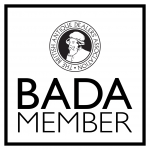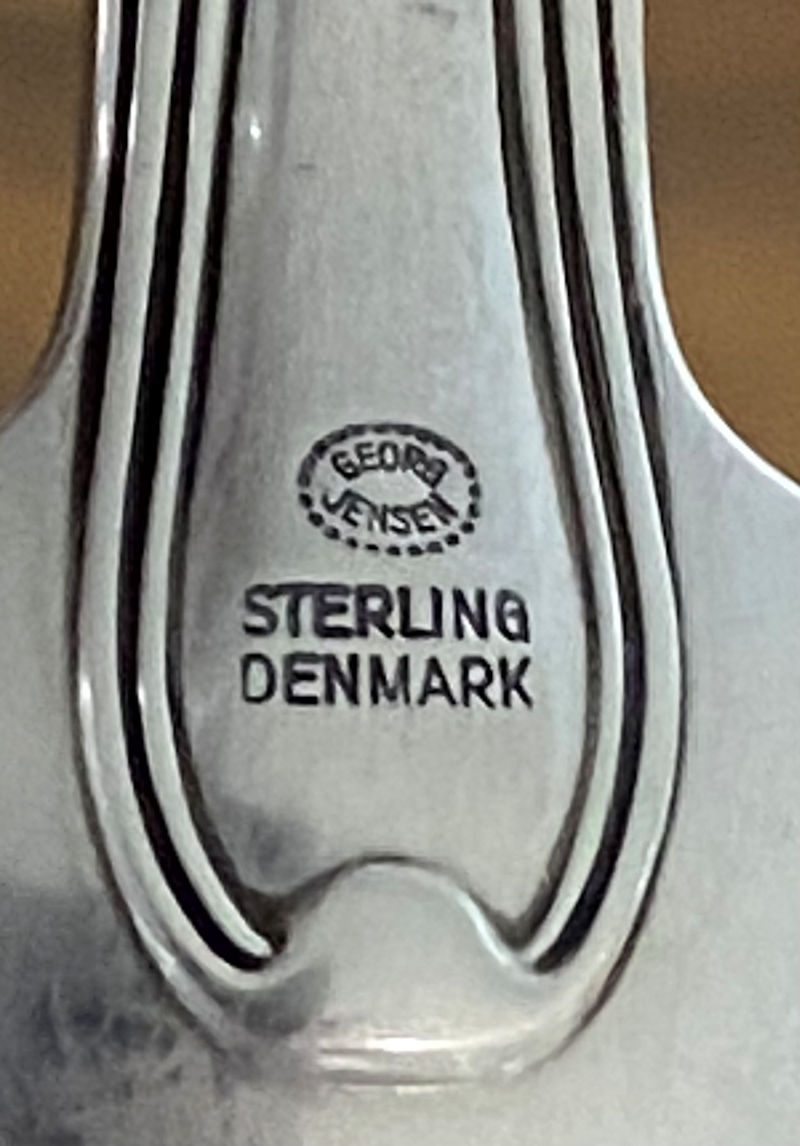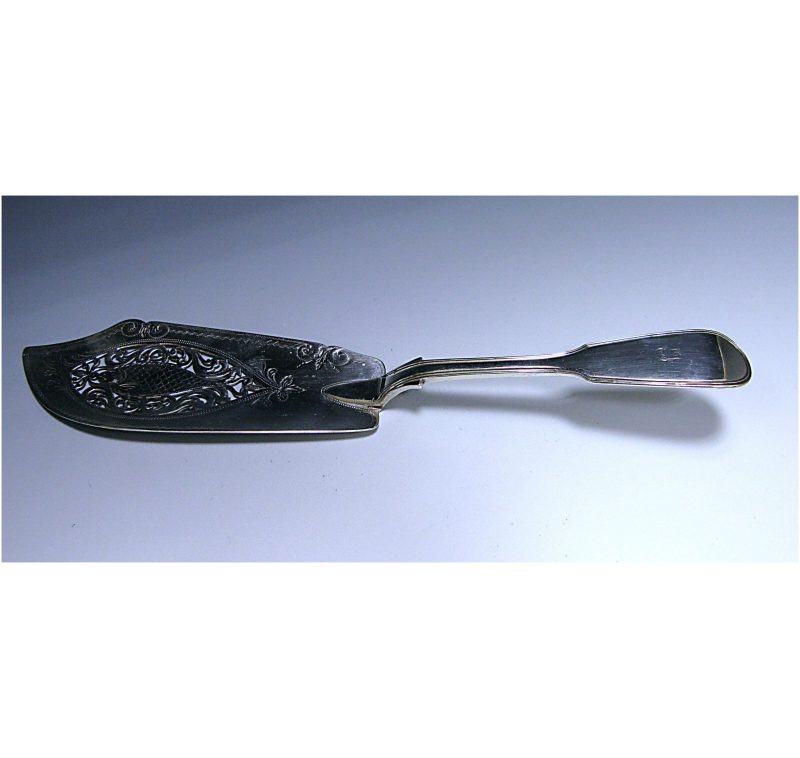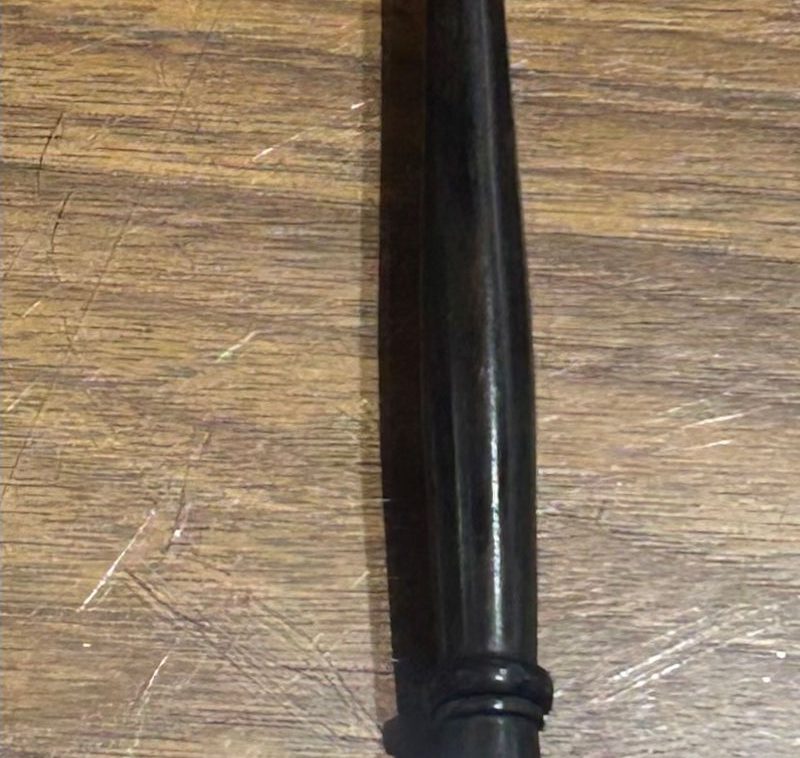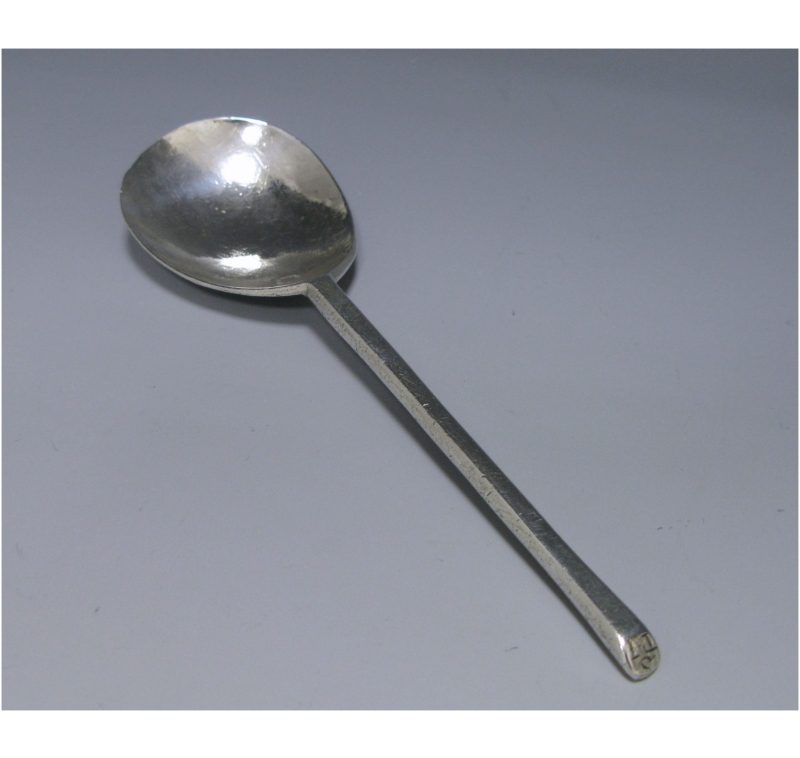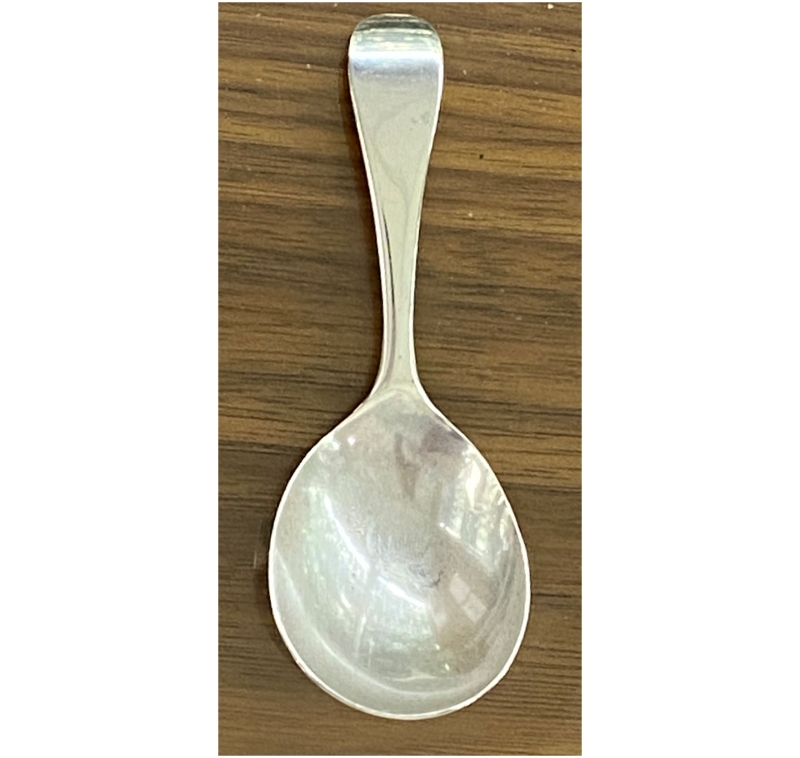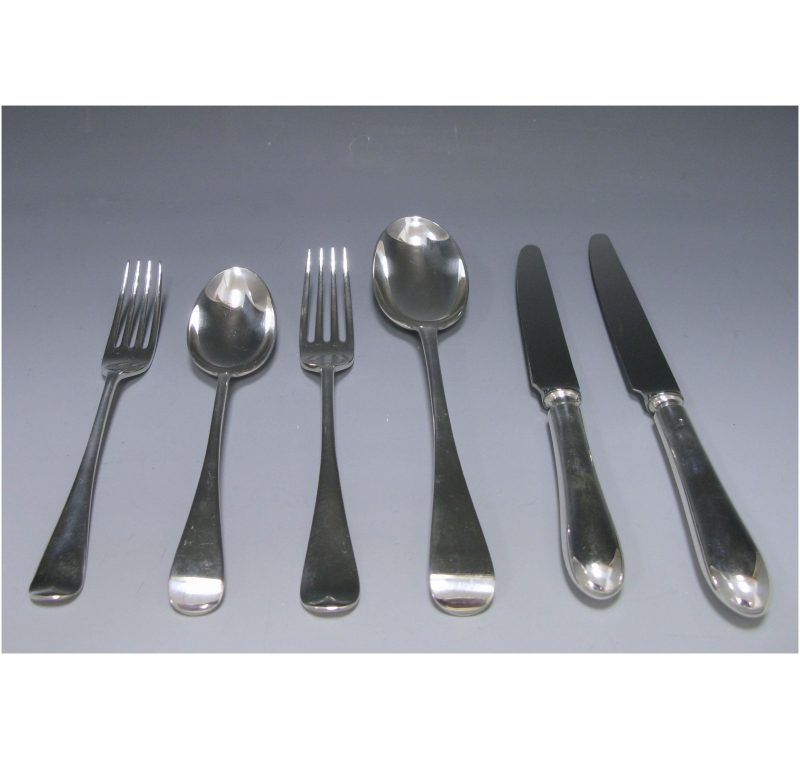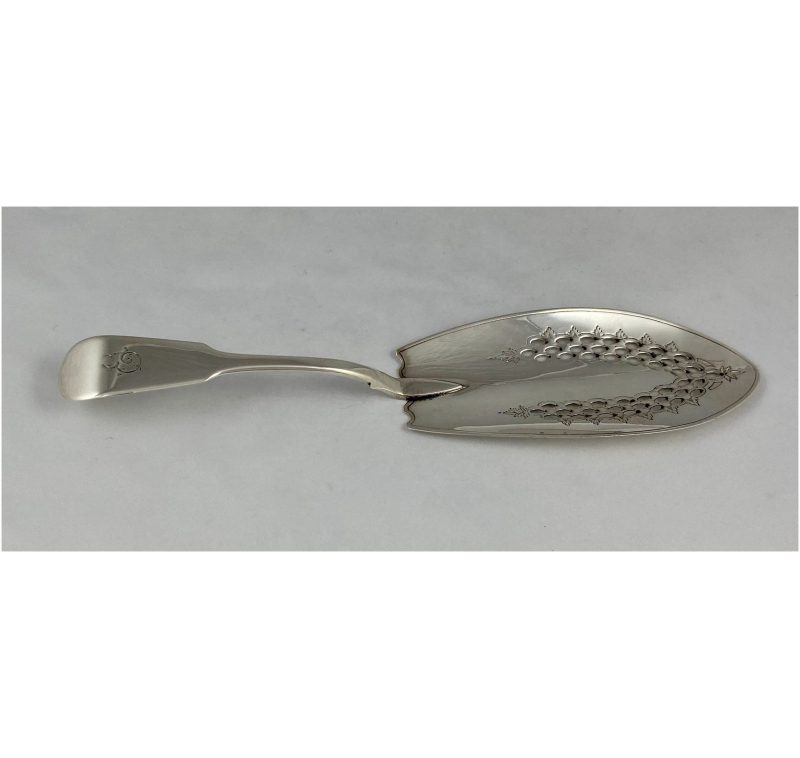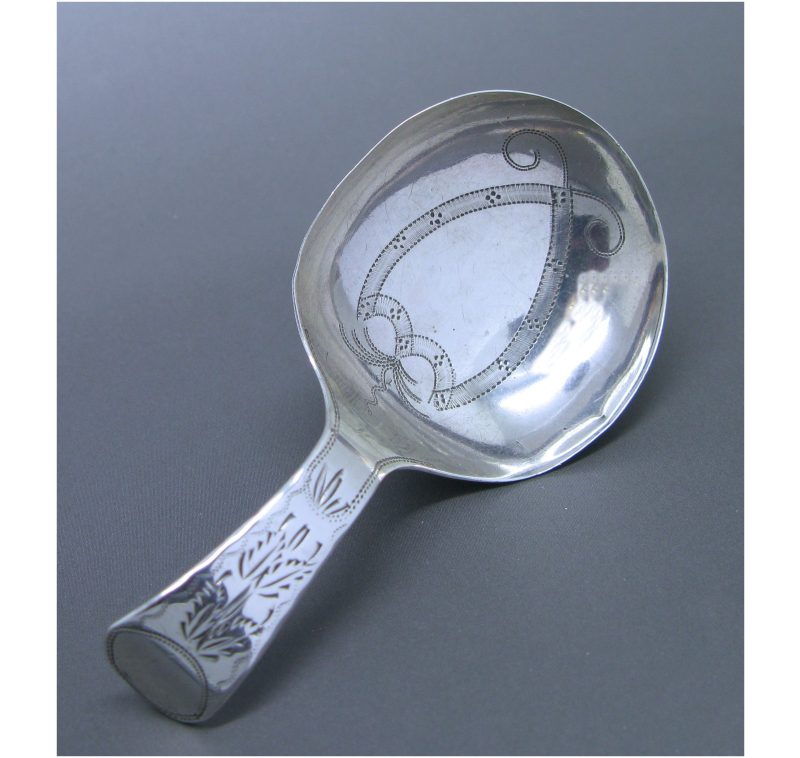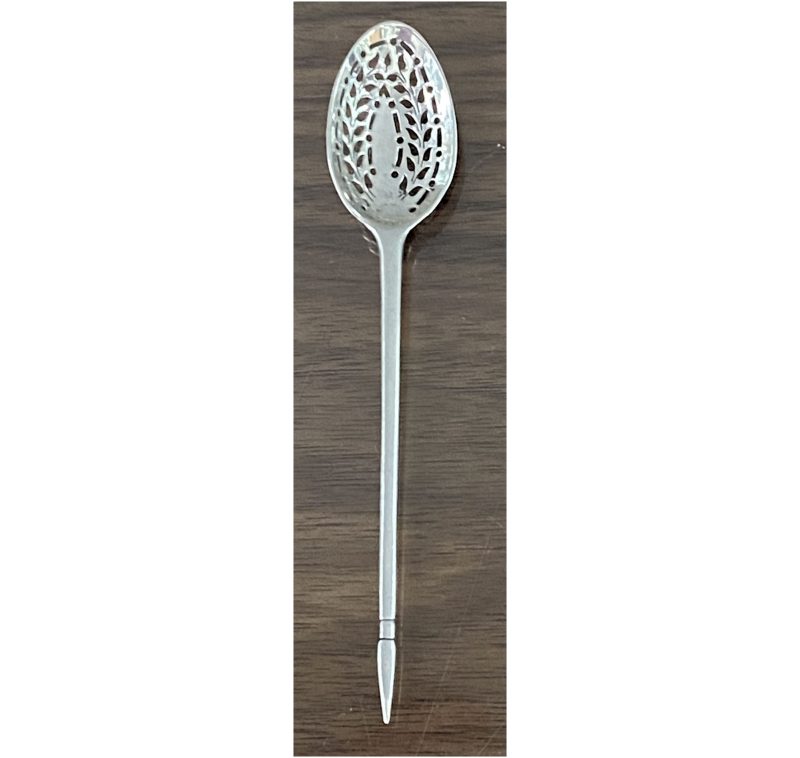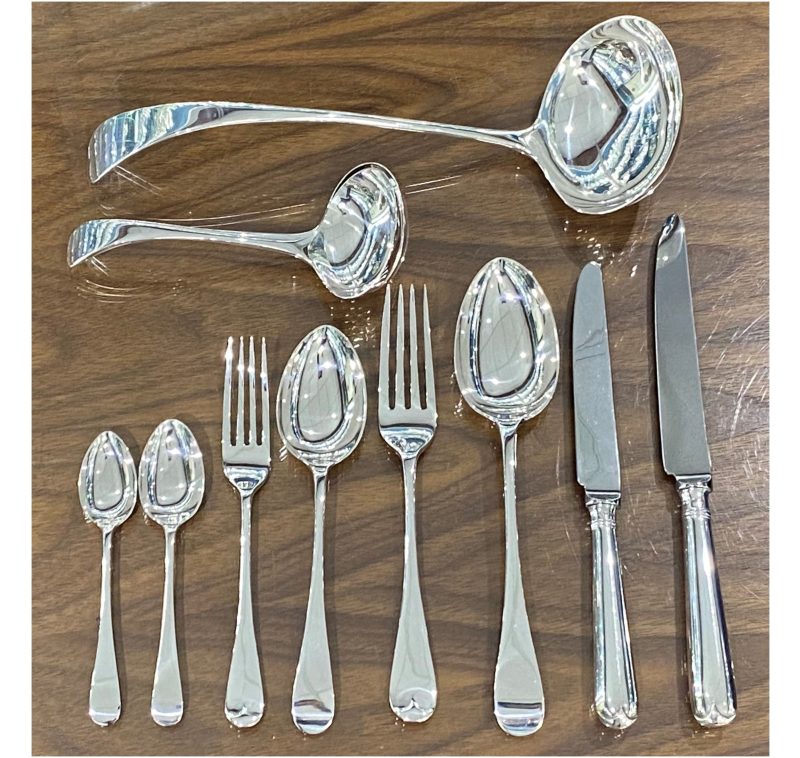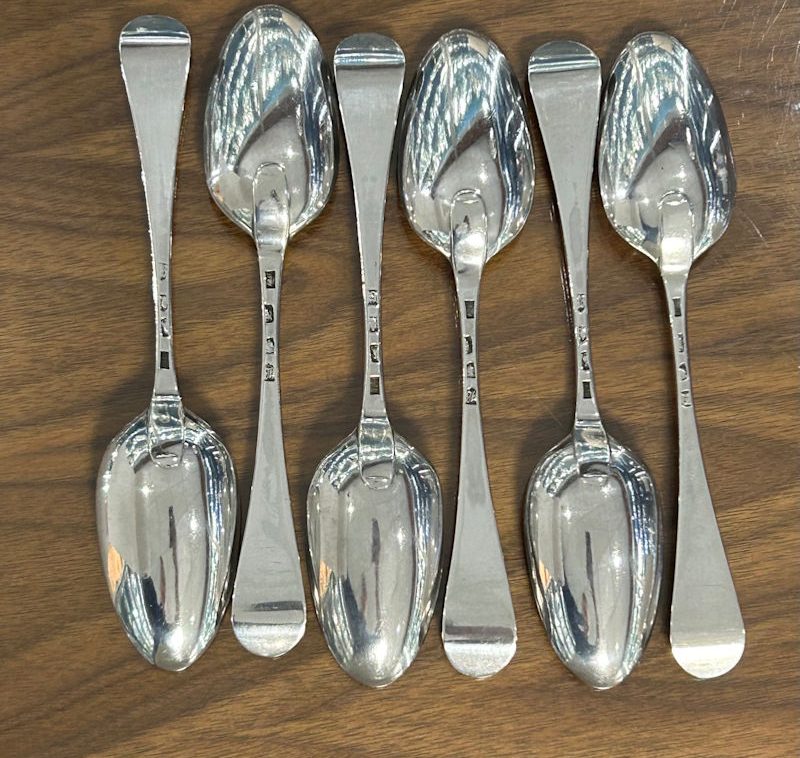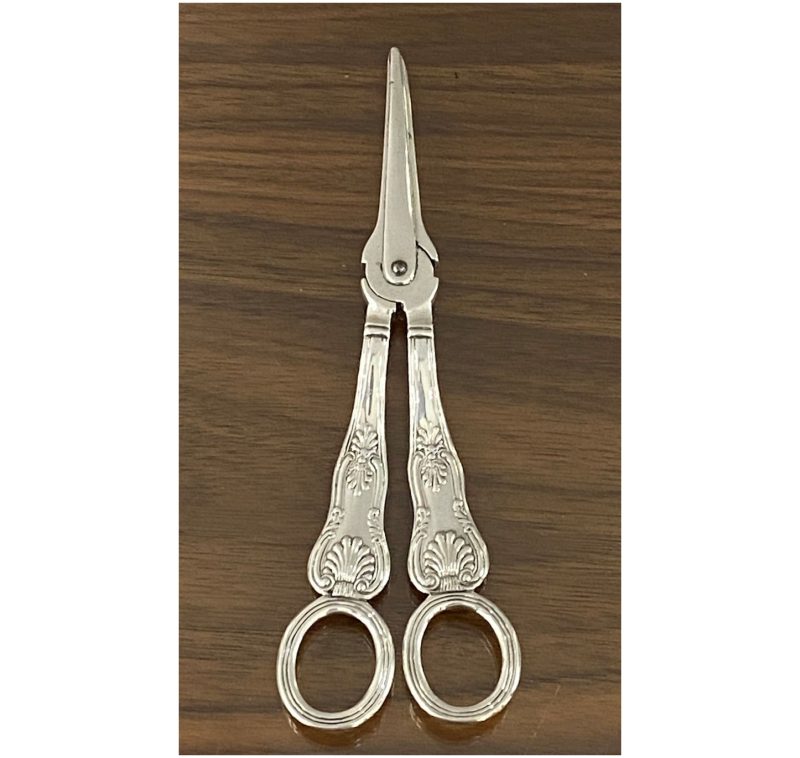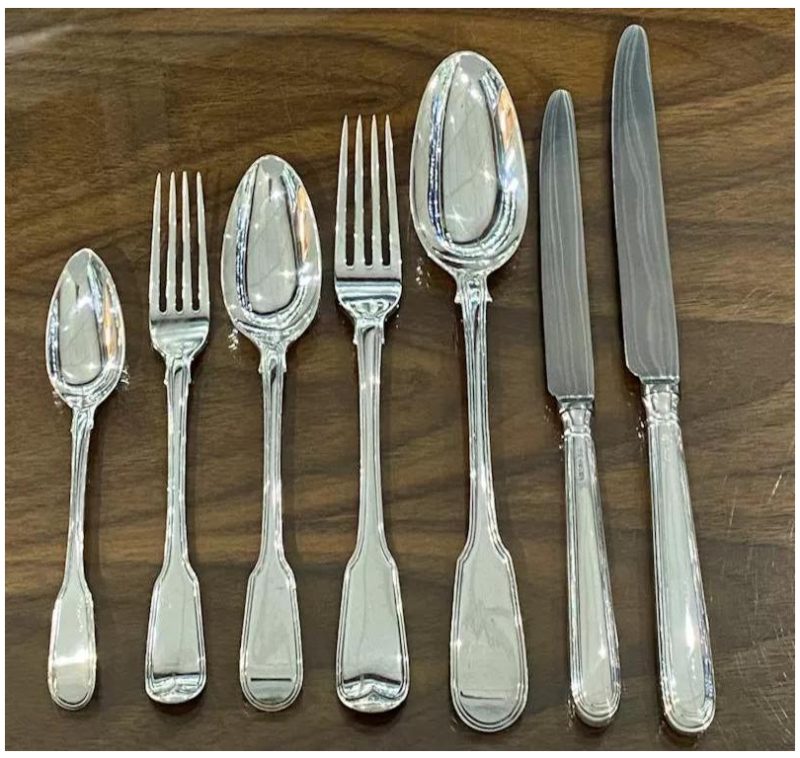Item Sold
Set of 12 Danish Silver Old Danish Pattern Ice Tea /Ice Cream Spoons made circa 1960
Sold
A very fine set of 12 Georg Jensen sterling silver Old Danish Pattern ice tea or ice cream spoons made in circa 1960.
| Date | 1960 |
| Made By | Georg Jensen |
| Location | Denmark |
| Stock Number | FA260x1c |

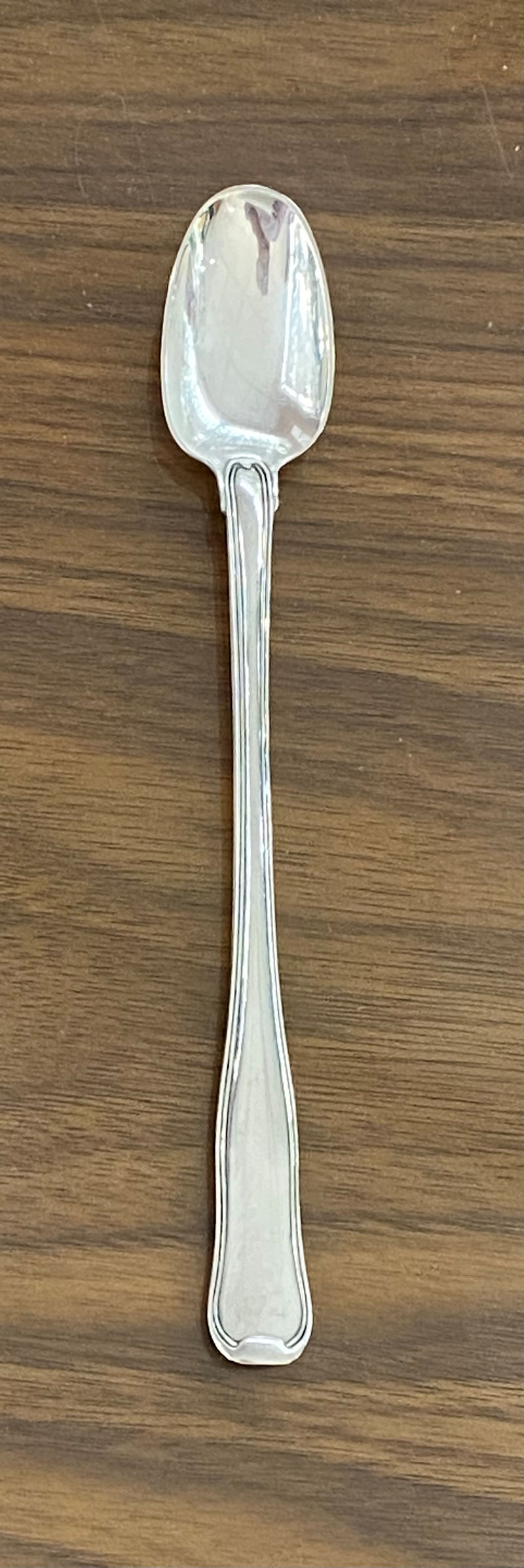
Added to basket
Set of 12 Danish Silver Old Danish Pattern Ice Tea /Ice Cream Spoons made circa 1960
Out of stock
A delightful set of 12 Georg Jensen sterling silver Old Danish Pattern ice tea or ice cream spoons made in circa 1960.
They are in excellent condition and come in their original Georg Jensen cutlery rolls.
The Old Danish pattern was designed in 1947 by Harald Nielsen and is the pattern used by the Danish Royal family.
The set can sold as two sixes .We have a number of other pieces of this pattern at the moment please do not hesitate to enquire.
Dimensions, length 18.1 cm.
Georg Arthur Jensen (31 August 1866 in Rådvad – 2 October 1935 in Copenhagen) was a Danish silversmith and founder of Georg Jensen A/S.
Born in 1866, Jensen was the son of a knife grinder in the town of Raadvad just to the north of Copenhagen. Jensen began his training in goldsmithing at the age of 14 in Copenhagen. His apprenticeship with the firm Guldsmed Andersen ended in 1884 and this freed Georg to follow his artistic interests.
From childhood, Jensen had longed to be a sculptor and he was now able to pursue this course of study at the Royal Academy of Fine Arts. He graduated in 1892 and began exhibiting his work. Although his clay sculptures were well received, making a living as a fine artist proved difficult and he turned his hand to the applied arts. First as a modeller at the Bing & Grøndahl porcelain factory and, beginning in 1898, with a small pottery workshop he founded in partnership with Christian Petersen. The work was well received, but the sales were not strong enough to support Jensen, now a widower, and his two young sons.
Georg Jensen in his workshop in Copenhagen, 1906:
A Georg Jensen shop at Strøget, Copenhagen:
In 1901, Jensen abandoned ceramics and began again as a silversmith and designer with the master, Mogens Ballin. This led Jensen to make a landmark decision, when in 1904, he risked what small capital he had and opened his own little workshop at 36 Bredgade in Copenhagen.
Jensen’s training in metalsmithing, along with his education in the fine arts, allowed him to combine the two disciplines and revive the tradition of the artist craftsman. Soon, the beauty and quality of his Art Nouveau creations caught the eye of the public and his success was assured. The Copenhagen quarters were greatly expanded and before the end of the 1920s, Jensen had opened retail in Berlin (1909), London (1921) and New York (1924).
During his lifetime, Jensen’s work was collected by museums including the Danish Museum for Decorative Art and the Museum Folkwang.
In 2005, the Bard Graduate Center in New York presented an exhibition entitled, Georg Jensen Jewelry.
When he was 20, Georg Jensen signed his first sculpture with “My Father” (1887). In 1894, he used the markings GJ as brand sign and from 1899 he often used GJ. In most cases the year was put next to the brand sign.
Brand signs of Georg Jensen
- Used from 1904 – 1908
- Used from 1909 – 1914
- Used from 1910 – 1925
- Used from 1915 – 1930
- Used from 1915 – 1927
- Used from 1925 – 1932
- Used in the years 1930 – 1939 for engravings
- Used from 1933 – 1944
- Used from 1945 – 1951 for items that were sold in Copenhagen
- Used from 1945 – present
We provide worldwide postage/shipping and everything is fully tracked and insured. Purchases will be sent via Royal Mail Special Delivery, FedEx, Parcel Force, A-Z couriers; other delivery providers may be used in extenuating circumstances. We deliver to the address provided at the time of purchase but not to PO addresses, as a signature is required upon delivery.
Some countries levy import duties and local taxes. Payment of these is the purchaser’s responsibility and beyond the control of William Walter Antiques Ltd. When the container has reached the destination country, a customs representative will contact you for payment prior to delivery.
Import restrictions are applicable to some destinations, especially the import of products containing materials such as ivory and tortoiseshell. We cannot accept orders requiring shipment to any countries which implement such controls.
All items are checked and photographed prior to packaging, and we aim to dispatch 1-3 days after receiving cleared payment.
Delivery Charges:
For the UK £15.00
For Europe £30.00
For the rest of World £50.00
The charges are subject to change
At the heart of William Walter Antiques is our dedication to providing our customers with beautiful silver of supreme quality, which celebrates all that is precious about sterling silver. Customer service also being paramount, our long-standing, devoted staff team go above and beyond the call of duty for all our clients. We believe it is this combination of passion and commitment that has kept our customers with us for many years.
We accept credit/debit cards or bank transfer. Please submit an enquiry below or contact us on:
Phone Number
+44 (0) 207 242 3248
Email
info@williamwalter.co.uk
Visit us at the London Silver Vaults
William Walter Antiques,
London Silver Vaults,
53-64 Chancery Lane,
London, WC2A 1QS
Opening Hours
Mon – Fri: 10:00 – 17:00
Sat: 09:00 – 12.30

